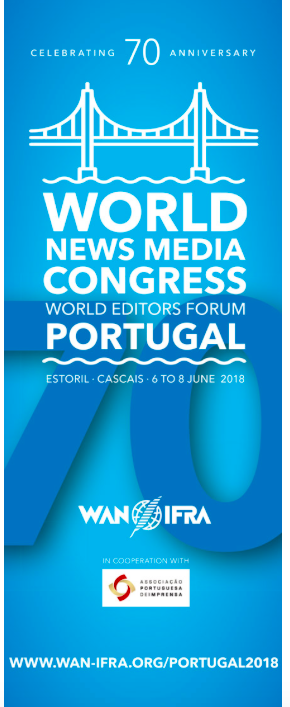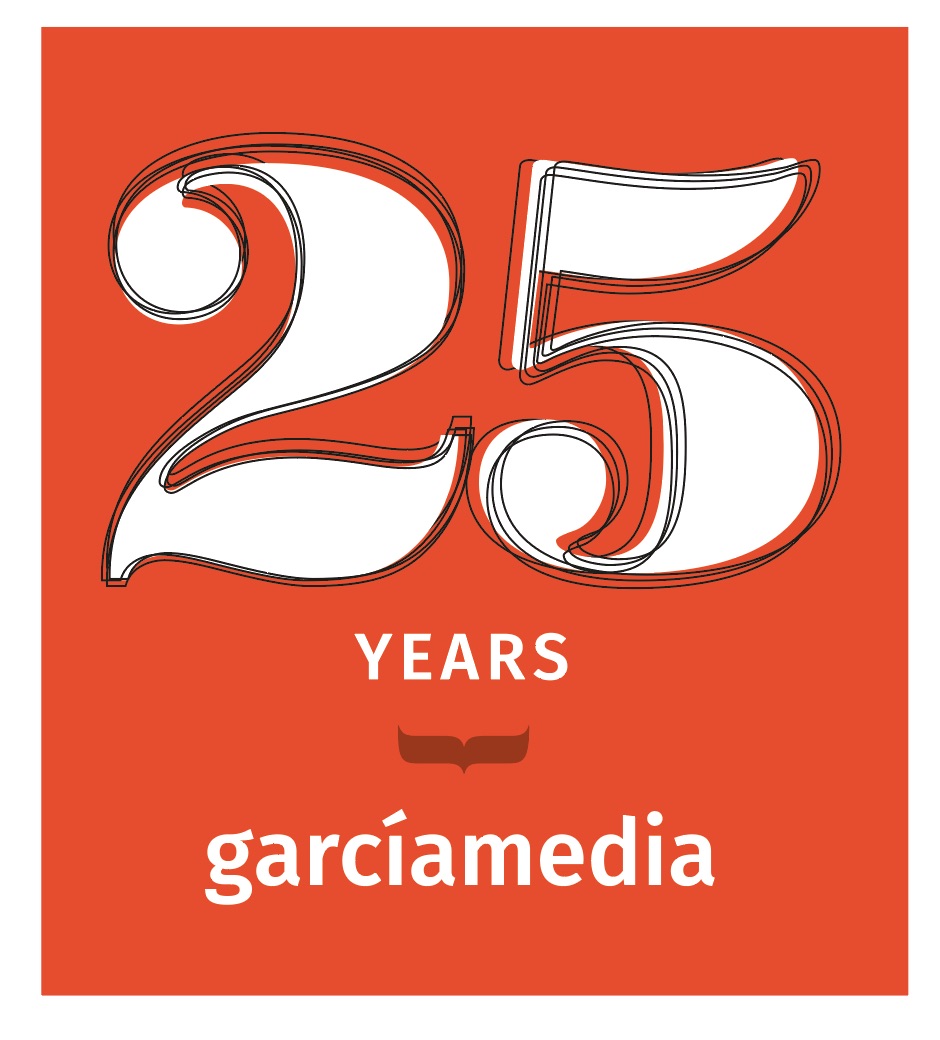This is the weekend edition of TheMarioBlog and will be updated as needed. The next blog post is Monday, March 5–reporting next week from Europe.
Push notifications: some love them, some don’t.
You can always choose not to get them, although most of the people I know and see in focus groups like them, expect them and appreciate them.
So seems to be the experience of Eric Bishop, whom I describe as the “push notification editor” of The New York Times, although modest Eric is quick to point out that push notifications are a collaborative effort and that he is not the only one handling them for the Times.
My course at Columbia University, Multiplatform Design & Storytelling, deals with the writing/editing/design aspects aspects of journalism in the digital era, what I call the journalism of interruptions (enter push notifications as you eat your cereal, or share a romantic dinner), or the journalism of everywhereness (I am often in a meeting when a push notification comes on the face of my Apple Watch. I sneak a peek and I know what happened and make a mental note to read later)/
Eric says that about 1% of the readers who look at a push notification actually swipe immediately to read the story. While it may seem like a small number, it represents a large number of the audience. Push notifications keep the brand of the newspaper in front of the audience often several times a day.
Listening to Eric Bishop describe what goes into the creation of a push notification at the Times is something the students in my class will take with them: the writing must be crisp, clear and focused.
Some of Eric’s tips
–Push notifications drive traffic and bring additional visibility to stories.–Push notifications must flesh out the story and offer some substance, as many readers will not go on to read the complete story, so the notification is all they may get for a story.
“There’s been an evolution of tone and style of the notification but there’s been a shift, from straight headline, to added context, to added emoji — and news organizations are taking on a more conversational tone in their notifications.”



–Users say live data and real-time alerts are most valuable to them
–Users are discovering how to manage preferences straight from the notification
–Not every format meets every need

“Let’s dissect this a little: It starts with a powerful quote. Then “got testy,” which is just a really expressive phrase. Then, “recap,” which offers a little more enticement to swipe.”
“This was gripping for the reader.” says Eric.
“This one doesn’t really stand alone. But the details are gripping, and in a way it’s really a miniature narrative. It sets a scene, it stirs emotions, it confronts you with the reality of a faraway war.”

-Readers like substance in their push notifications. Notice of the three notifications here, the third one got the most attention.

Some conclusions

Society of News Design New York: Celebrating 40 years

Mario’s Speaking Engagements

April 18-19, 2018-–Newscamp ,Augsburg, Germany.

June 3-6, 2018—The Seminar, San Antonio, Texas.

June 7-8—WAN-IFRA World Congress, Lisbon, Portugal

Garcia Media: Over 25 years at your service

TheMarioBlog post #2788